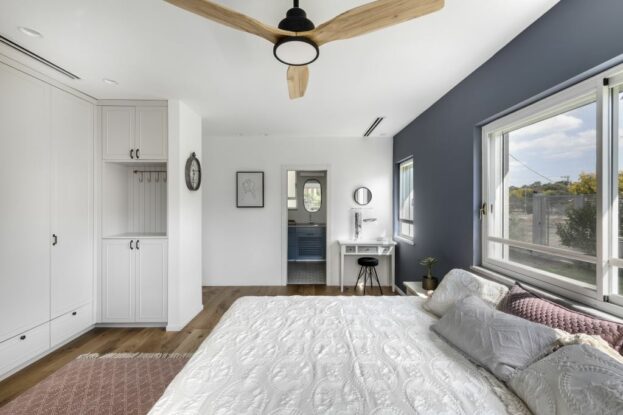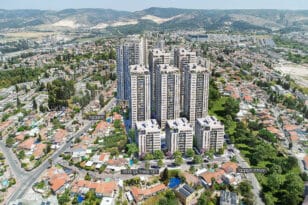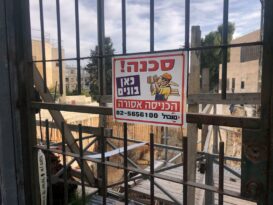In Israel’s sweltering Middle Eastern climate, almost every house comes equipped with an air conditioner. These usually do a good enough job cooling down your space – while simultaneously jumping up your electricity bill! Thankfully, today there are more aesthetic, energy-efficient, and environmentally-friendly cooling options available on the market, and those who are building a house have green cooling methods to consider too. Take a look at our complete guide to preparing your home in Israel for the summer.
The last few weeks have seen unbearable heatwaves around the world, reminding all residents of Planet Earth that something is seriously wrong here, as temperatures get hotter and hotter with each passing year. The most severe examples have come from North America, especially the western coast of Canada, where dozens lost their lives due to one of the most extreme heat waves the country has ever known. In Israel, dealing with hot weather in the summer is nothing new.
From the beginning of June through the end of September, Israelis know to expect oppressive heat pretty much every day. Due to its consistent climate, Israel is at a considerable advantage over places around the world that are suddenly facing extremely high temperatures for the first time. Almost every enclosed space in Israel has an air conditioner installed, and the public knows how to safely conduct themselves on hot summer days, both indoors and outdoors.However, as in any field, the world of air conditioning, cooling, and building ventilation are constantly expanding and advancing. The more you know about the options available today, the better equipped you’ll be to create a comfortable and aesthetic environment that is also energy-efficient and environmentally friendly.
Hidden air conditioning units and state-of-the-art technologies
As we said, the most common solution for dealing with Israel’s hot summer months is turning on the AC. Starting in the 1980s, air conditioners began to replace ceiling fans, until almost every apartment had at least one air conditioning unit, and eventually, many homes had a separate unit installed in every room. Since then, central air has also risen in popularity, where one powerful motor cools the entire apartment, spreading the cold air to all the rooms through ducts.
Today, there is a broad consensus among architects and building experts that the central air conditioning method is relatively wasteful and inefficient. It is more practical and cost-effective to operate a separate air conditioning unit in each room. “If everyone in the family is sitting in the living room, then there is no reason to cool the bedrooms. It’s just a waste of electricity,” says architect Dan Lifshitz. “There should be a separation between the way that personal and common areas of the home are cooled.”
On the subject of separate air conditioners for each room, new and innovative technologies have created solutions that are more elegant and effective, including the VRF system. “Using this technology, all the air conditioners are connected to one central motor unit. This saves your house from looking like an unaesthetic ‘motor farm,’ as each individual air conditioning unit has its own motor. Also, oftentimes there is simply not enough room for that many motors,” explains architect Shira Muskel of Hillel Architecture and Interior Design.
“There are expensive Japanese Mitsubishi and Fujitsu VRF systems on the market, as well as cheaper options from China that, in our experience, also do a good job cooling your home. The initial cost of VRF is more expensive than other air conditioning options, but you save money on electricity in the long run by running just one motor for the whole house.”
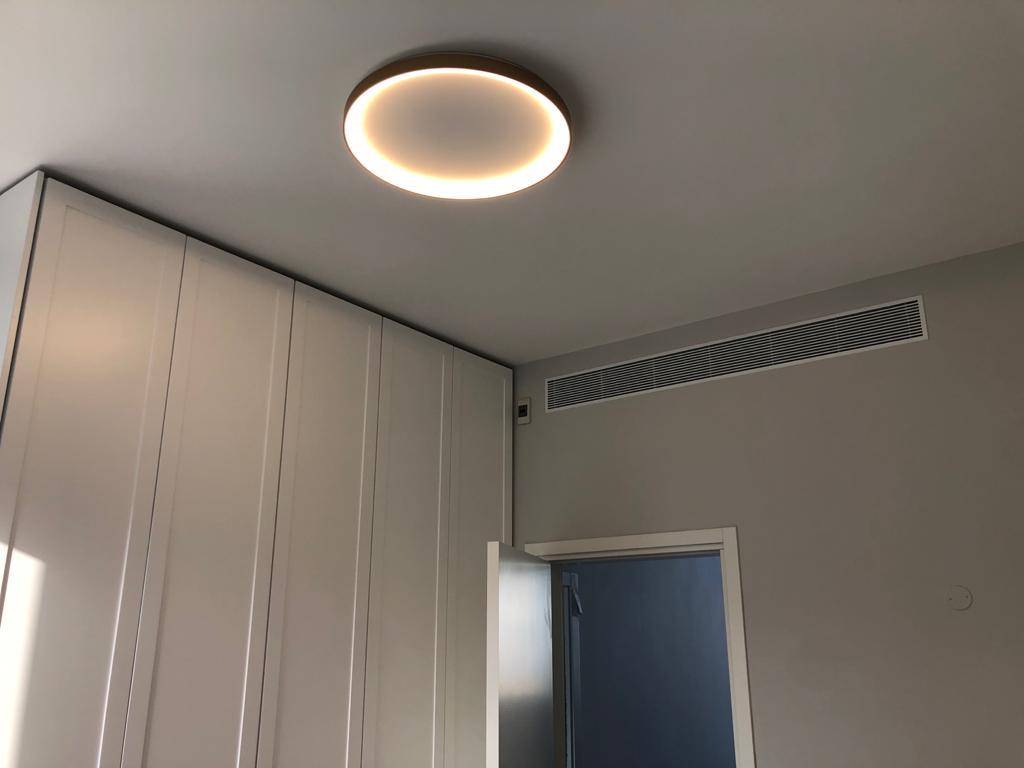
In a 250 square meter house in Israel, Japanese VRF air conditioning systems may cost a total of NIS 150,000 before VAT, whereas the comparable Chinese models ring in at about NIS 100,000 before VAT. Meaning, for a home that size, more traditional, standard air conditioning units would cost between NIS 50,000-70,000m depending on the brand and quality.
Muskel also recommends using “hidden air conditioner units,” which are essentially rectangular cubes that can be easily tucked away in the corner of the room, without the bulky appearance of a standard air conditioner.
The return of the ceiling fan
Until the 1980s in Israel, fans dominated the cooling scene in the summer – whether it was ceiling fans or portable standing fans. Since air conditioners took over the market, fans have been disappearing from homes across the country. However, in recent years, they are making a comeback. This is especially true of ceiling fans, which today come in many attractive and sophisticated designs.
“Until a few years ago, people had a lot of reservations about using ceiling fans,” explains Muskel. “But today, the designs are much more refined and developed. They are operated using a remote control, they don’t require special electrical preparation, and they are much more energy-efficient than other cooling options.”
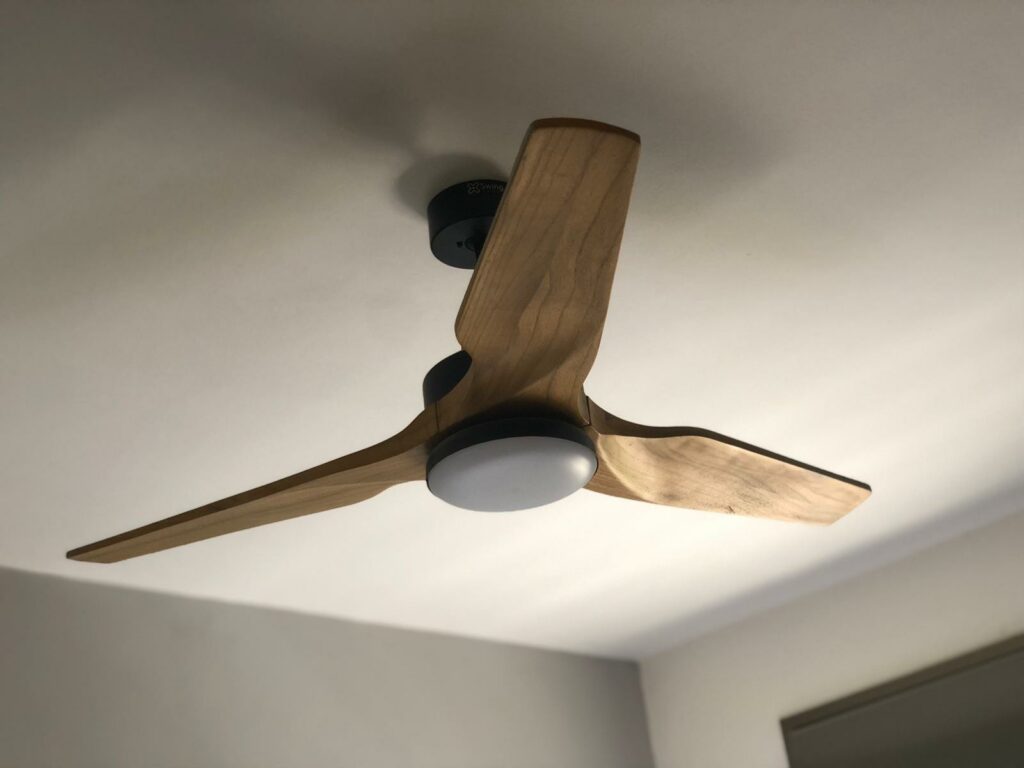
Another significant advantage that Muskel points out is the use of ceiling fans in bedrooms at night. Thanks to their gentle cooling method, ceiling fans are a preferred option for those who would rather not sleep with a harsh, strong air conditioner blowing on them all night. However, fans obviously do not cool as well as air conditioners, making them far less efficient on the hottest days.
Another option that has become popular in recent years is the air cooler – a portable electronic device that pulls air through a filter, blowing out refreshing, cold, moist air on the other end. This option is particularly suitable for hot, dry climates, such as the Negev and the Arava in southern Israel. It is way more economical than an air conditioner and consumes far less energy, but there is no way to adjust the temperature.
Energy-efficient construction
Finally, we can’t forget the green construction trend, which by definition, is also energy-efficient. One of the main goals of green construction is to create a cool and comfortable living environment through natural means while reducing the need for high energy-consumption cooling methods.
“To save energy costs on cooling, a house must be built from materials that provide thermal insulation,” explains architect Lifshitz. “The walls, roofs, and windows must all be made from insulated materials, which prevent the Israel summer heat outside from affecting the temperature inside.”

According to Lifshitz, “Today in the field of insulation, windows made of Low-E glass stand out. The glass is covered with a special coating that minimizes the amount of ultraviolet and infrared light that can pass through the window, without compromising the amount of visible light that enters the home. When it comes to concrete blocks used to construct walls, YTONG and pumice blocks are known to provide high-quality insulation.”
Another element to consider in energy-efficient design is where windows are placed in relation to the wind direction as well as one another. Lifshitz explains that the proper placement of windows can increase the airflow within your home, serving almost as “natural” air conditioning.
In contrast to the short and easy winter, summer in Israel is long and very hot. However, by properly preparing your home, you can survive the season relatively comfortably, without compromising on the aesthetics of the house or incurring outrageous electric bills. Wishing everyone a cool and comfortable summer in Israel and around the world!

